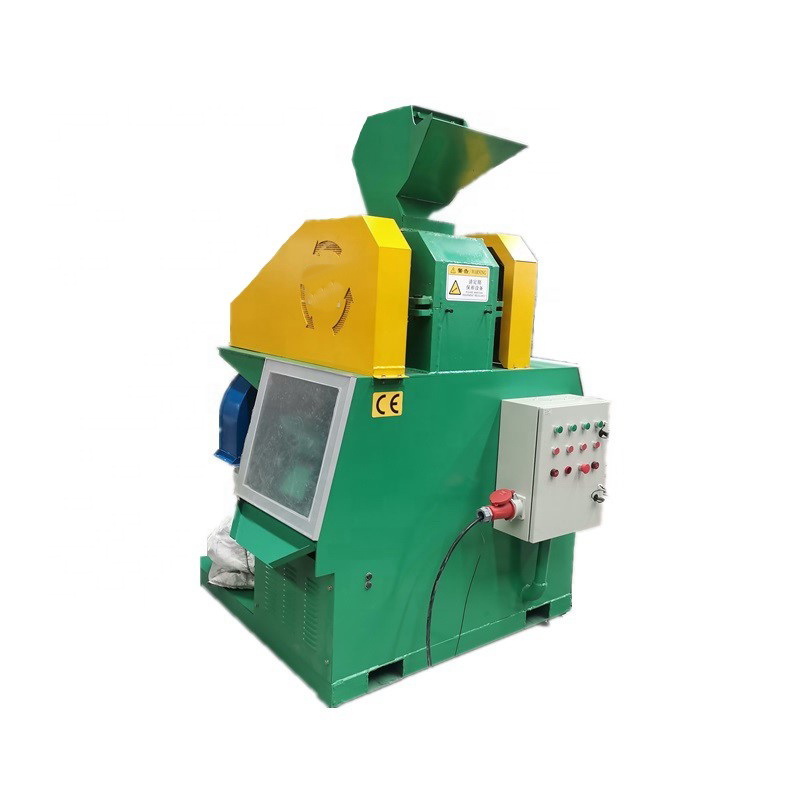

Nov . 25, 2024 00:33 Back to list
The Importance of Municipal Solid Waste Sorting Lines
In the face of increasing urbanization and the resulting rise in municipal solid waste (MSW), the efficient management and sorting of waste have become critical components of sustainable development. One of the innovative solutions to tackle this pressing issue is the implementation of municipal solid waste sorting lines. These lines are designed to streamline waste management processes, improve recycling rates, and ultimately reduce the environmental impact of waste disposal.
Understanding Municipal Solid Waste Sorting Lines
A municipal solid waste sorting line is a systematic setup that consists of various technologies and processes to segregate different types of waste for recycling, composting, or disposal. Typically, the sorting process begins at a waste collection facility where waste is delivered. The materials are then sorted manually and mechanically to separate recyclables such as plastics, metals, glass, and paper from non-recyclables and organic waste.
The sorting process employs advanced technologies, including conveyor belts, shredders, air classifiers, and optical sorters, to enhance efficiency and accuracy. Workers play an essential role, manually identifying and sorting materials that machines may not efficiently recognize. This blend of human effort and technology ensures a high level of accuracy in separating waste types, making the overall process more effective.
Benefits of Waste Sorting Lines
1. Enhanced Recycling Rates One of the primary benefits of municipal solid waste sorting lines is the significant increase in recycling rates. By effectively separating recyclable materials from general waste, these lines ensure that materials are processed and repurposed rather than ending up in landfills. This ultimately conserves natural resources and reduces the demand for new raw materials.
2. Reduction of Landfill Waste With efficient sorting processes, more waste can be diverted from landfills. Landfilling not only consumes valuable land space but also contributes to pollution and greenhouse gas emissions. By maximizing the diversion of waste through sorting lines, municipalities can mitigate the environmental impacts linked with landfilling.

3. Promotion of Composting Organic waste, such as food scraps and yard waste, can be separated for composting through sorting lines. Composting transforms organic materials into valuable compost, which can be used to enrich soil and promote sustainable agriculture. This practice not only reduces the volume of waste but also contributes to the circular economy, where waste is seen as a resource rather than a burden.
4. Job Creation The establishment and operation of municipal solid waste sorting lines also create jobs within communities. From sorting staff to technicians and operational managers, these facilities provide a range of employment opportunities, supporting local economies and contributing to community resilience.
5. Raise Environmental Awareness Sorting lines also serve an educational role by raising public awareness about waste management and recycling. As people become more conscious of the importance of recycling and responsible waste disposal, they may reduce waste generation and become active participants in municipal efforts to manage waste sustainably.
Challenges Facing Waste Sorting Lines
Despite these advantages, municipal solid waste sorting lines face several challenges. One significant issue is contamination, which occurs when non-recyclable materials are mixed with recyclables. This not only complicates the sorting process but also diminishes the value of recycled materials. To combat this issue, public education campaigns are essential to inform citizens about proper waste segregation practices.
Additionally, the initial setup and maintenance of sorting facilities can be costly. However, many municipalities are recognizing that the long-term benefits outweigh these initial investments. As technology continues to advance, the costs associated with waste sorting lines are likely to decrease, making them more accessible for communities of all sizes.
Conclusion
In conclusion, municipal solid waste sorting lines represent a vital strategy in the quest for sustainable waste management. By facilitating recycling and reducing landfill waste, these systems contribute significantly to environmental conservation and resource recovery. As urban centers continue to grow, the implementation of efficient waste sorting practices will be essential in promoting a cleaner, greener future. Through community education, technological innovation, and continued investment in waste management infrastructure, municipalities can transform waste into valuable resources and create sustainable cities for future generations.
Latest news
Troubleshooting Common Eddy Separator Problems
NewsJul.04,2025
The Role of Metal Recycling Plants in Circular Economy
NewsJul.04,2025
The Impact of Recycling Line Pickers on Waste Management Costs
NewsJul.04,2025
Safety Features Every Metal Shredder Should Have
NewsJul.04,2025
How Industrial Shredders Improve Waste Management Systems
NewsJul.04,2025
How Cable Granulators Contribute to Sustainable Recycling
NewsJul.04,2025